Did you know that nearly 60% of Kansas City's urban forest is threatened by preventable tree disease each year? Understanding tree pathology in Kansas City is the first step toward saving your landscapes.
Understanding Tree Pathology Kansas City: What Every Homeowner Should Know
Tree pathology Kansas City isn’t just a niche concern for botanists—every homeowner plays a crucial role in plant health and the fight against tree disease . The region’s unique ecology means both native and ornamental species are regularly threatened by insect and disease pressures. If you’re walking through a shaded street in the Kansas City area , the health of every tree impacts your neighborhood’s beauty, property value, and local ecosystem.
Many local residents overlook subtle warning signs of tree diseases such as oak wilt or iron chlorosis until serious damage is visible. By gaining insight into symptoms and solutions for tree pathology Kansas City , you can proactively protect your trees and avoid common urban forest decline. Homeowners equipped with the right knowledge can recognize early decline, request effective tree care , and understand when to call in certified arborists —all of which add years to your landscape’s life.
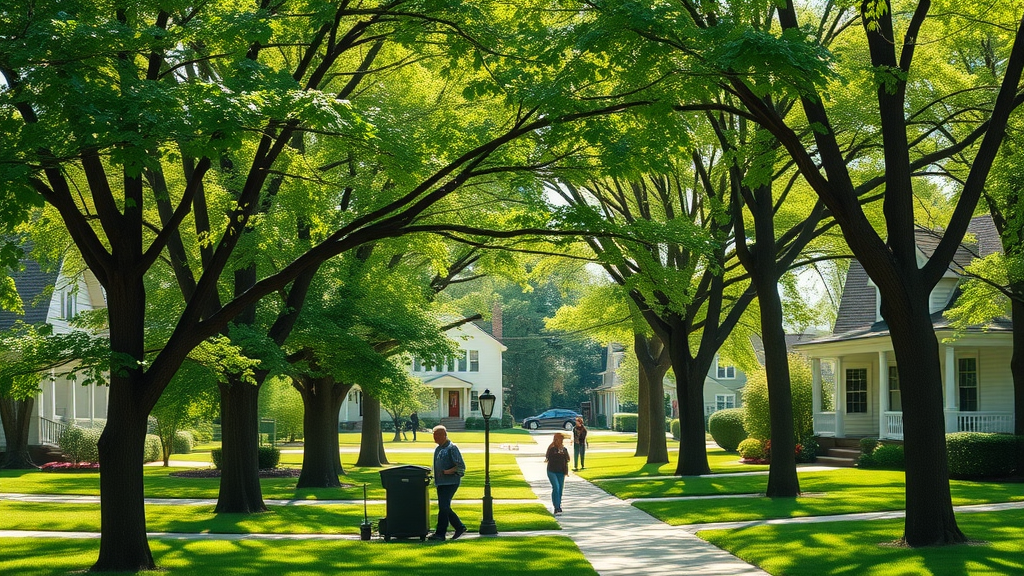
- What You'll Gain:
- - Practical guidance on identifying tree diseases in the Kansas City area
- - Insights on plant health and certified arborist care services
- - Step-by-step strategies for effective tree care in local environments
- - Answers to top questions about tree pathology Kansas City
Tree Pathology Kansas City and the Impact of Tree Disease on Urban Forests
In the Kansas City area , trees serve as more than scenic additions; they form the backbone of the urban forest, providing shade, improving air quality, and fostering biodiversity. Unfortunately, tree disease continues to threaten this vital resource year after year. From elm disease brought by Dutch elm pathogens to aggressive infestations like emerald ash borer , the impact of tree pathology Kansas City is widespread and costly for local residents.
Urban forest management teams and city planners recognize the urgency: untreated infected trees not only lower curb appeal, but also pose safety hazards from falling branches and the loss of shade. As a result, preventive tree care services and swift intervention are essential for long-term city health. Prioritizing plant health care in both public parks and private yards preserves the life and value of your trees.
The Most Common Tree Diseases Threatening Trees in Kansas City
Local experts have cataloged several high-risk diseases contributing to the decline of the city’s trees. If you’re concerned about tree pathology Kansas City , these are the problems to watch:
- Dutch elm disease
- Oak wilt
- Pine wilt
- Iron chlorosis
- Tip blight
- Emerald ash borer and ash borer infestations
Each of these tree diseases targets different species but shares the ability to devastate entire city blocks if unchecked. Dutch elm disease and oak wilt can rapidly kill mature shade trees, while pine wilt is notorious for striking pin oak and pine species, causing needle browning and canopy dieback. Meanwhile, iron chlorosis often affects maples and oaks, resulting in unsightly yellowing and poor growth. Infestations like the emerald ash borer have forced significant replanting efforts, posing a serious threat to every ash tree present.

Diagnosing Tree Pathology Kansas City: Identifying Plant Health Challenges
Diagnosing tree pathology Kansas City requires a keen eye and familiarity with both common and emerging threats to tree health . Homeowners frequently misinterpret early warning signs—such as subtle color changes or premature leaf drop—as seasonal or environmental, when they might indicate the onset of oak wilt , tip blight , or pine wilt . Being able to differentiate between regular aging and disease is key to preventing irreversible damage to your urban forest.
In the Kansas City area , proactive examination and referencing diagnostic guides offer the best defense. For instance, chronic yellowing in pin oak often means iron chlorosis —not simply drought. If you notice sap oozing or odd exit holes in the bark of an ash tree , this may be a sign of ash borer infestation. Recognizing these distinct symptoms allows you to call for expert tree care service before a minor tree problem becomes a neighborhood-wide crisis.
Visual Signs of Tree Disease in Kansas City Urban Forests
Spotting tree diseases in time comes down to education and awareness. Local residents should look out for patterns like canopy thinning, scattered brown or yellow leaves, or unusual growths along trunks and branches. Some diseases, like anthracnose disease or brown spot, might be mistaken for insect damage but are often symptoms of deeper fungal or bacterial infections. By routinely walking your property or local park, taking note of these issues, and comparing them to known disease markers, you give your trees the best shot at recovery.
Leveraging a table of symptoms—linking physical changes with likely diseases and affected species—equips you with a tailored action plan. The table below covers common indicators tied to oak wilt , dutch elm disease , tip blight , and more, giving you a direct path from problem to solution.
| Symptom | Likely Disease | Affected Tree Species |
|---|---|---|
| Sudden leaf dieback | Oak wilt, Dutch elm disease | Oaks, Elms |
| Yellowing leaves | Iron chlorosis | Maples, Oaks, Pin Oaks |
| Sap oozing from trunk | Pine wilt, tip blight | Pines |
| D-shaped exit holes | Emerald ash borer, ash borer | Ash trees |
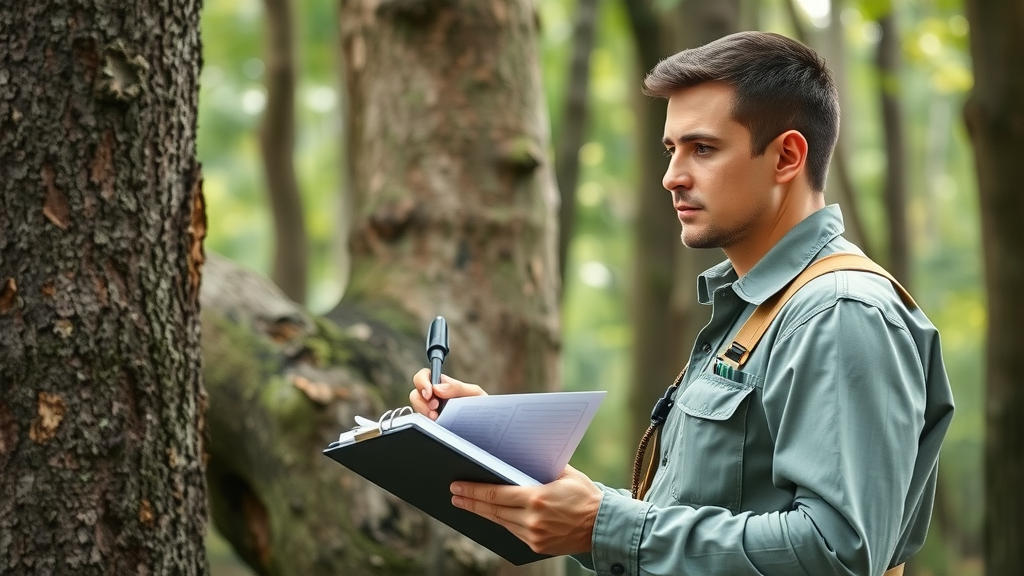
Tree Pathology Kansas City: Causes of Poor Tree Health and Effective Tree Care Service
Most cases of declining plant health in the Kansas City area can be traced to a combination of biotic (living) and abiotic (environmental) causes. Fungal infections like oak wilt and dutch elm disease are passed through root systems and beetles, making prompt intervention critical. Insect infestations —notably the emerald ash borer —can kill an ash tree in under a year if left unchecked, while sap-sucking bugs can stunt growth and introduce secondary infections.
Other tree diseases emerge from environmental stressors. Soil compaction , common in urban yards, restricts water and nutrient flow. Drought and improper irrigation further degrade root health, creating an ideal environment for pathogens to invade weakened trees. Poor or inconsistent urban forest management accelerates decline by allowing diseases and pests to spread unchecked, threatening the tree canopy and local biodiversity.
- Root Causes of Declining Plant Health:
- - Fungal infections (e.g., oak wilt, Dutch elm disease)
- - Insect infestations (emerald ash borer, ash borer)
- - Environmental factors (soil compaction, drought)
- - Poor urban forest management
Certified Arborists and Tree Service Excellence in the Kansas City Area
"Engaging certified arborists for tree health care is the gold standard for diagnosing and treating tree pathology in Kansas City."
When it comes to diagnosing, treating, and preventing tree pathology Kansas City issues, the expertise of certified arborists is invaluable. These professionals possess the advanced training needed for thorough plant inspections, safe removal of hazardous trees, and the application of science-based solutions. Not only do they bring experience with diseases like tip blight and pine wilt , but they also keep up with emerging threats and new best practices in plant health care .
Trusted tree care service providers in the Kansas City area employ certified arborists to ensure every aspect of your urban forest is protected. Whether it’s determining the cause of a slow-declining pin oak , recommending tree-friendly soil amendments, or removing infected trees to prevent spread, these experts make a measurable difference for local residents. For the best protection against a broad range of insects and diseases , choose companies that value certified training and ongoing education in tree pathology.
Why Professional Tree Care Services Are Critical for Plant Health
Attempting to handle advanced tree disease or pest issues without professional support can often do more harm than good. Licensed tree service teams have access to diagnostic tools, disease-resistant plant materials, and modern treatment methods unavailable to the average homeowner. Their skills allow for early disease detection, strategic pruning, and targeted treatments that minimize property damage and maximize tree health recovery.
Expert tree care services also help you plan for the future. By conducting regular plant health assessments and tailoring care plans for specific Kansas City microclimates, professionals safeguard against new outbreaks, best prepare your landscape for changing weather, and help maintain the overall health and structure of your urban forest.

Preventing Tree Disease: Tree Care Tips for Homeowners in Kansas City
Prevention is the most effective and cost-efficient strategy for managing tree pathology Kansas City issues. Local residents should embrace simple, science-backed practices to stop disease before it spreads. Regular plant health checks, performed by yourself or a certified expert, can uncover early signs that might otherwise go unnoticed until severe.
Proper tree care techniques include mindful pruning—done at the right time and with sanitized equipment—to avoid transmitting pathogens between trees. Investing in soil testing for common issues like iron chlorosis will allow you to choose corrective treatments, such as nutrient amendments, that support vigorous growth. Lastly, mulching around tree bases and maintaining proper moisture help reduce environmental stress, promoting strong root systems and natural disease resistance.
- Top Tree Care Strategies in the Kansas City Area:
- - Schedule regular plant health assessments
- - Prune with proper techniques to avoid disease spread
- - Invest in soil testing for iron chlorosis
- - Use mulch to enhance moisture retention
- - Work only with certified arborists and reputable tree care services
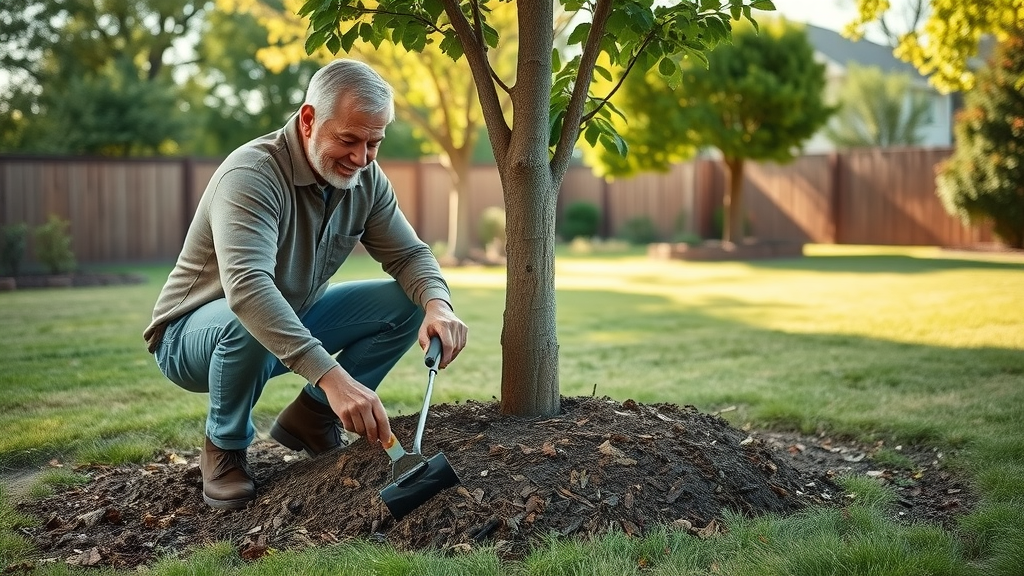
Real Kansas City Case Studies: Overcoming Tree Pathology Challenges
Stories of success in tree pathology Kansas City are the result of collaboration between homeowners, neighborhoods, and certified arborists. In various city area pockets, communities have faced down dutch elm disease outbreaks, re-planted devastated parks, and restored shade to city blocks by working together to identify and address tree disease threats early.
Consistent reporting, proper diagnostic testing, and coordinated replanting efforts have contributed to a decline in urban forest losses, showcasing what’s possible when everyone plays a part in plant health care .
Success Story: Eradicating Dutch Elm Disease in an Urban Forest Neighborhood
In a notable Kansas City neighborhood, homeowners began noticing patchy wilting, yellow streaking in leaves, and rapid dieback in mature elms—a classic case of dutch elm disease . Early intervention by vigilant residents led to prompt diagnosis by certified arborists. Infected trees were isolated, pruned, or safely removed, while neighboring trees received preventive treatments.
With ongoing plant health monitoring and educational workshops offered by local tree service companies, this urban forest rebounded. Today, the streets are once again shaded by healthy, thriving canopies, demonstrating the impact of early action and expert care in overcoming serious tree problems .
Emerging Threats in Tree Pathology Kansas City: What to Watch For
Urban forest health is ever-changing, with new and reemerging threats challenging existing management strategies. The rapid spread of the emerald ash borer , a destructive beetle targeting ash trees, continues to be among the region’s most urgent concerns. Increasing reports of tip blight in pines and growing stress from drought and heat events further complicate tree care.
Climate change is altering disease patterns, making it critical for Kansas City homeowners and landscape managers to stay vigilant and responsive. Monitoring for subtle symptoms, and regularly updating your tree care plans, is now more crucial than ever to ensure the Green Heart of the city remains strong and resilient.
- New and Reemerging Tree Diseases:
- - Rapid spread of emerald ash borer
- - Increasing cases of tip blight
- - Changes in urban forest health due to climate stress
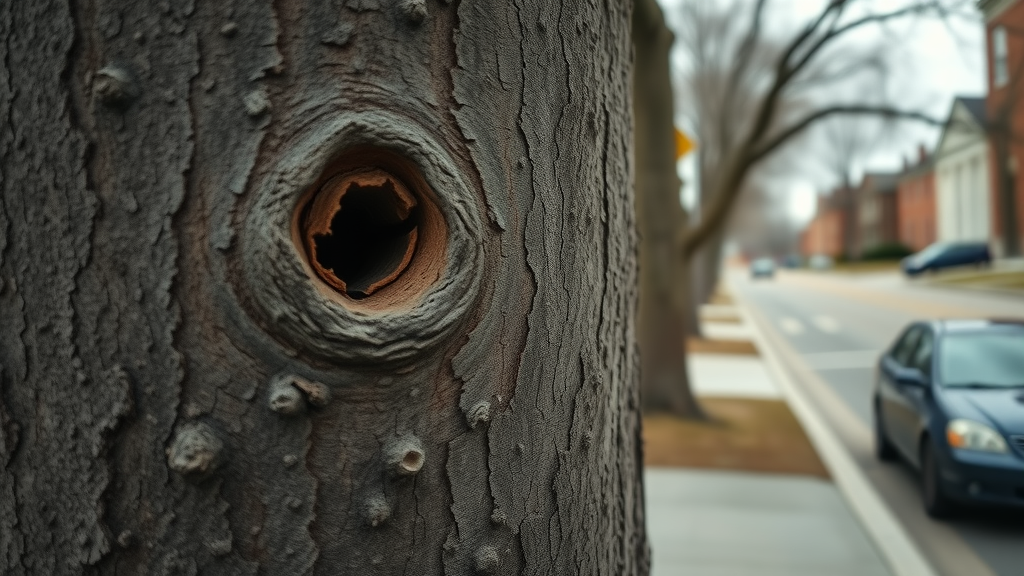
People Also Ask: Answering Common Questions About Tree Pathology Kansas City
How do I recognize tree disease in Kansas City?
- Look for symptoms like discolored leaves, stunted growth, and unusual marks or sap on the trunk. Use our diagnostic table above to compare.
Are certified arborists necessary for tree care service in the Kansas City area?
- Yes. Certified arborists offer expertise in proper diagnosis, tailored treatment, and safe removal if necessary—ensuring optimal tree health.
What are the most destructive tree diseases in Kansas City?
- Dutch elm disease, oak wilt, emerald ash borer, pine wilt, and iron chlorosis are among the top threats to the local urban forest.
Frequently Asked Questions on Tree Pathology Kansas City
- Can tree pathology testing prevent widespread damage?
- What signs mean immediate action is needed?
- How often should I request tree care service or plant health checks?
- Are tree service companies equipped for disease outbreaks?
Summary: Protecting Trees and Restoring Plant Health Across the Kansas City Area
- Key Insights:
- - Tree pathology Kansas City is essential for monitoring tree disease and plant health
- - Early recognition and intervention halt disease progression
- - Rely on certified arborists and reputable tree care services to protect Kansas City’s urban forest
"Every tree saved is a step toward a healthier Kansas City area landscape. Your proactive actions make a difference."
 Add Row
Add Row  Add
Add 


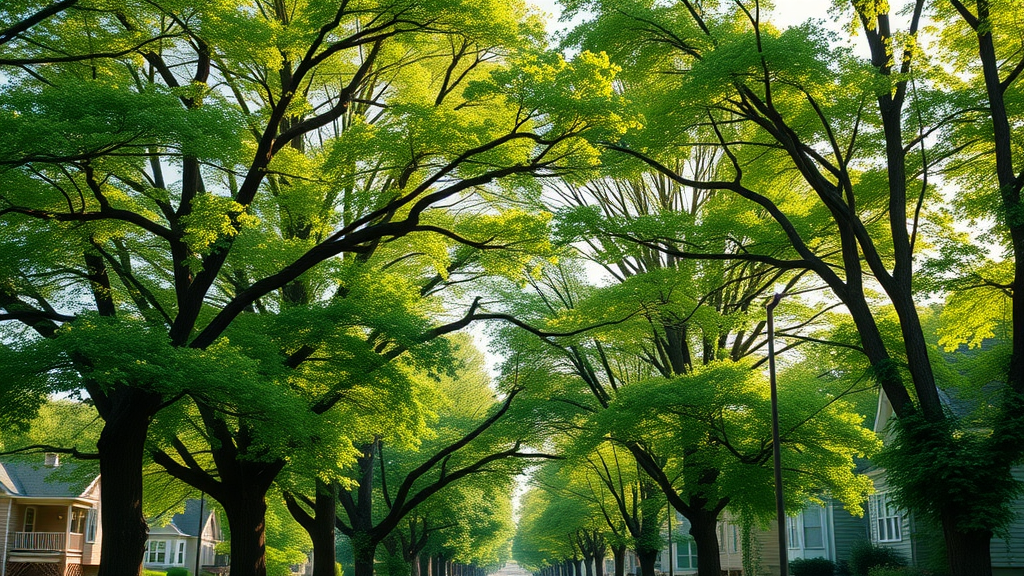
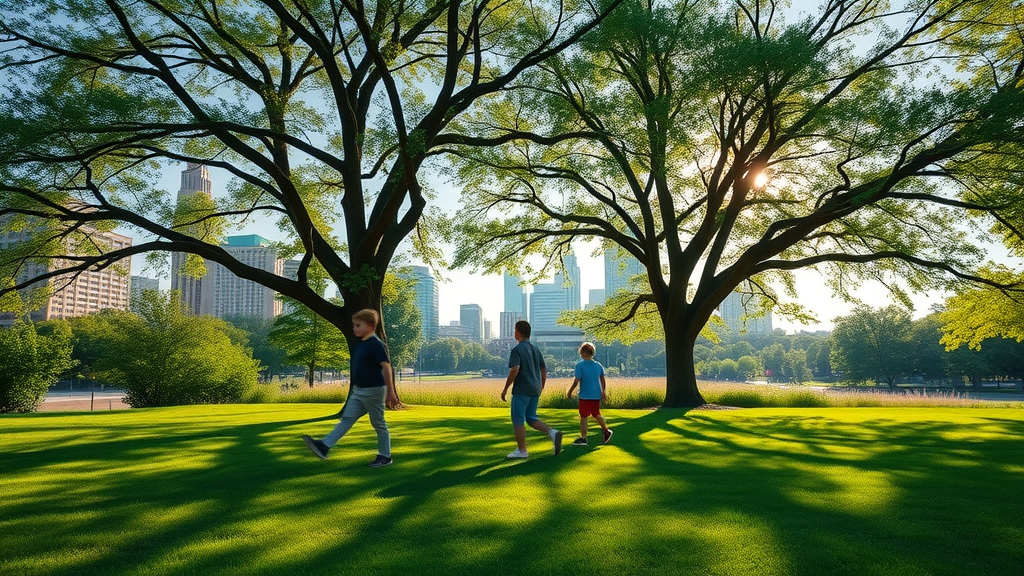
Write A Comment